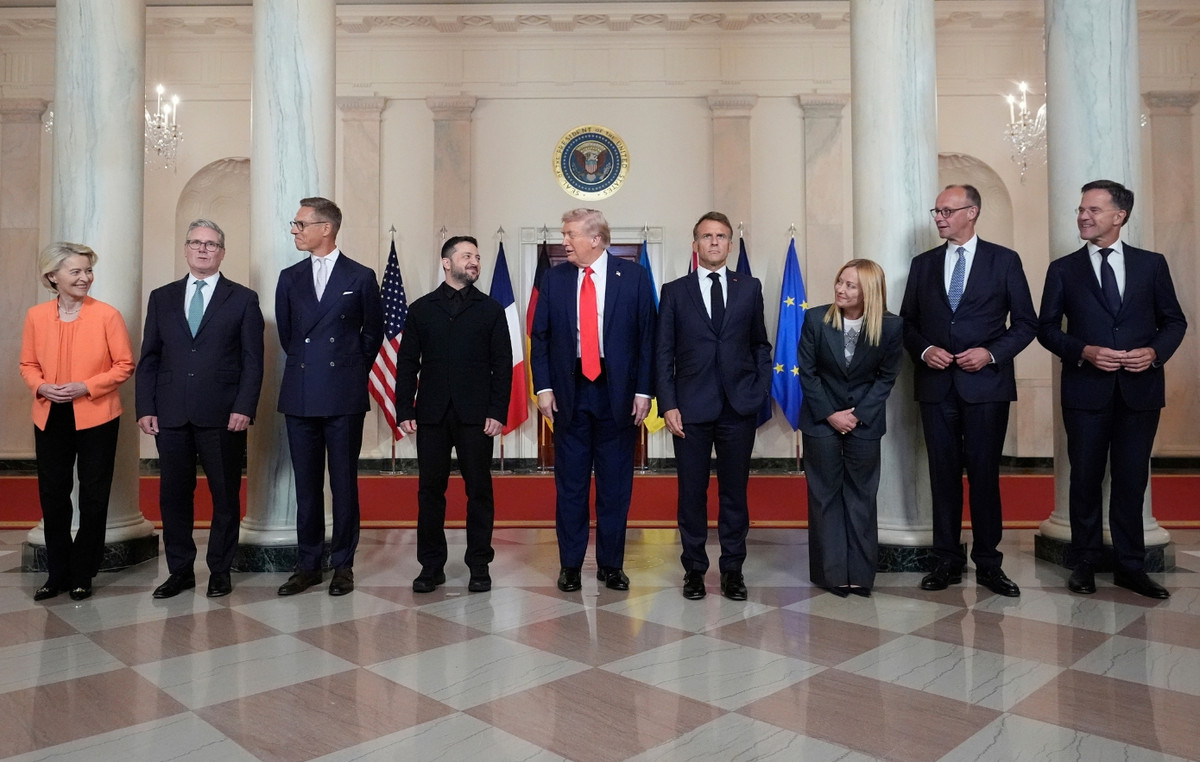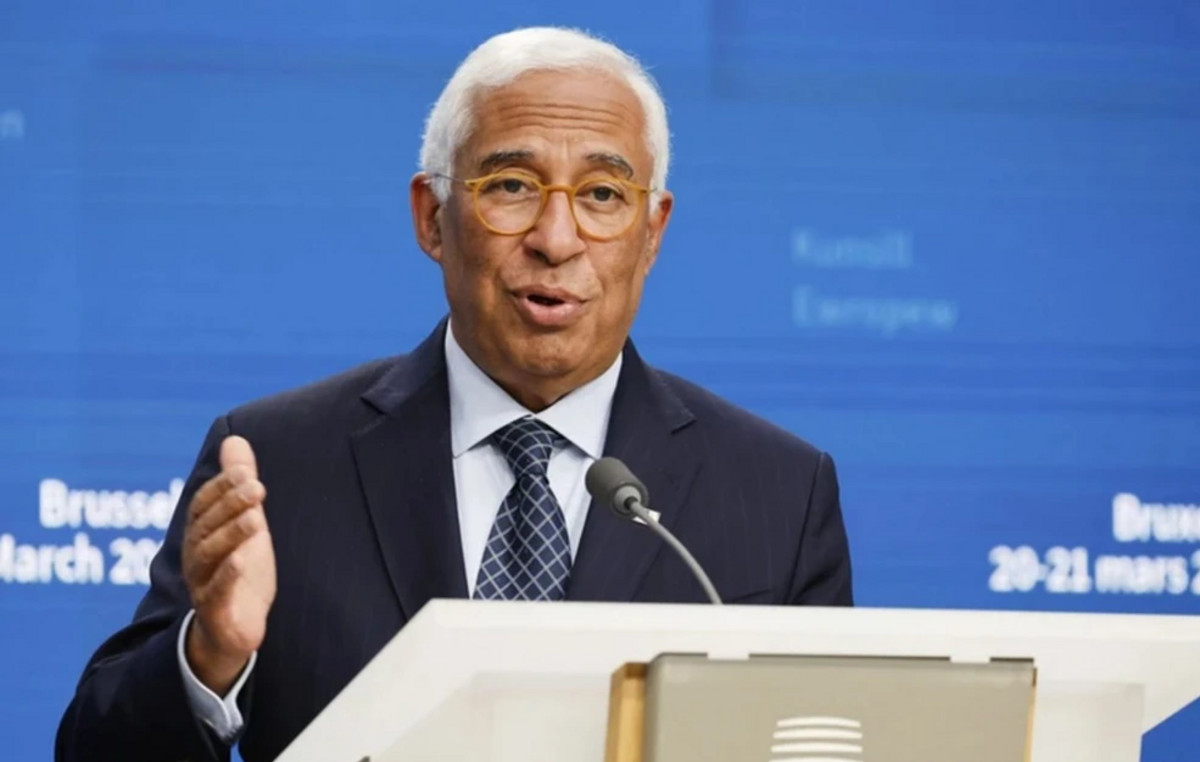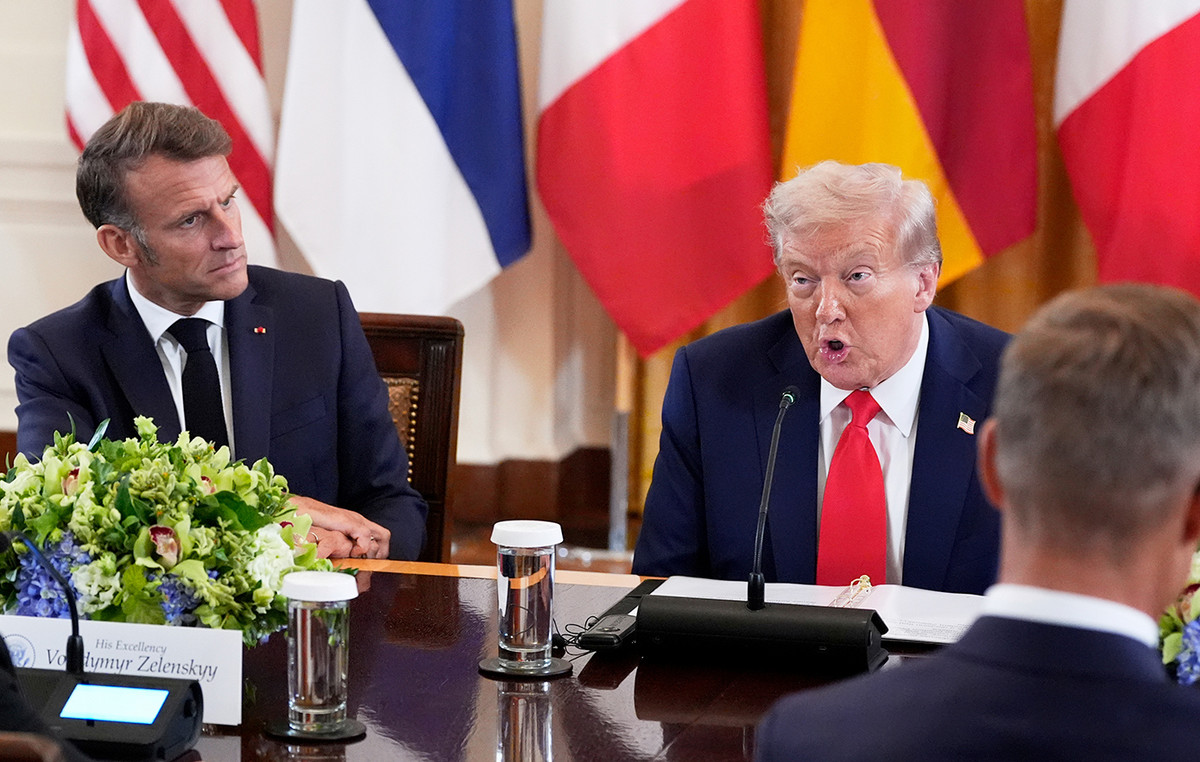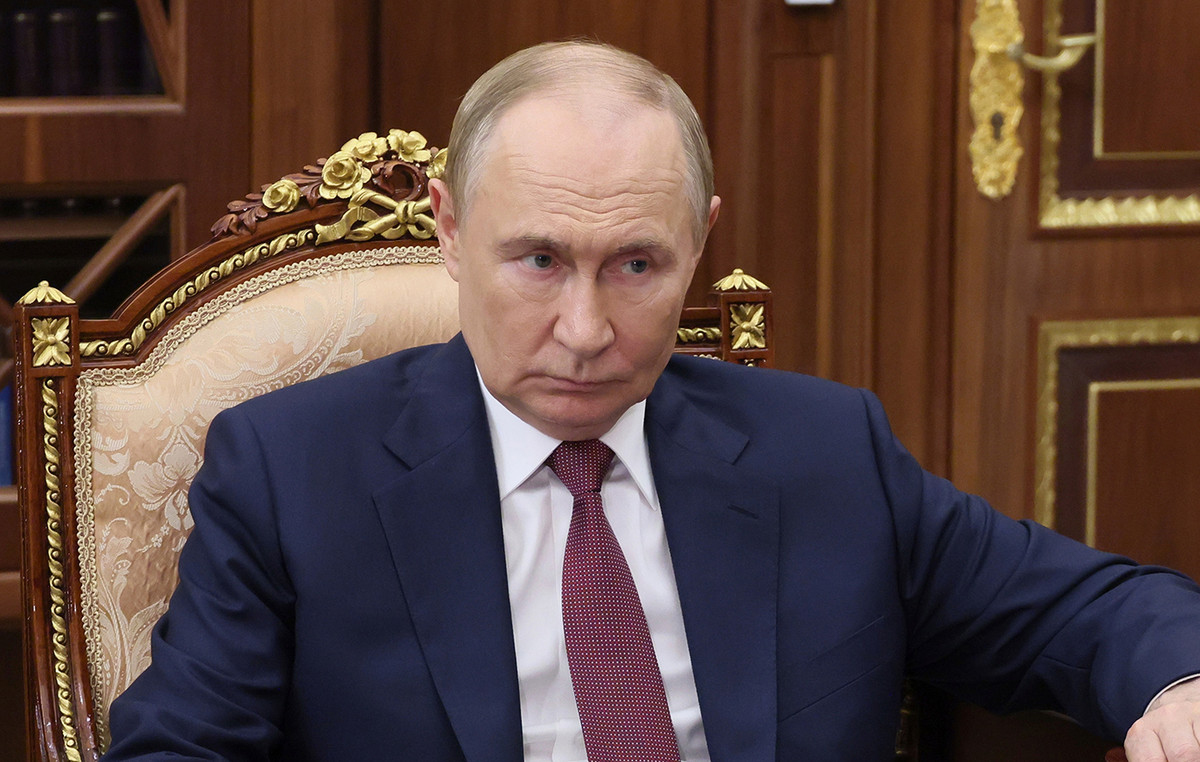An article in the PEC dos Precatórios can make room for the space created in the spending ceiling not to be used strictly for spending on Auxílio Brasil and social expenses. The loophole was pointed out by Leonardo Ribeiro, specialist in public accounts and Senate Budget analyst, and confirmed to CNN by experts in constitutional law.
Ribeiro, who was one of the analysts who participated in the discussions for the preparation of the PEC, says that the loophole is in article 107-A, which creates the so-called “sub-ceiling”: an annual limit for payment of court orders until 2026, which allows playing part from precatório forward, creating space in the budget. The same article determines that the space opened up by the postponement of the precatório is destined only for expenses with Brazil Aid and social assistance.
This restriction on social spending was created by the senators so that the PEC would not be deprived of its main objective, to make room in the spending ceiling (rule that prevents an increase in expenses above inflation) to pay the R$400 Brazilian Aid. fear was that the PEC would turn a blank check to the government in an election year.
Article 107-A says: “Until the end of 2026, it is established, for each financial year, a limit for allocation in the budget proposal of expenses with payments due to a court decision referred to in art. 100 of the Federal Constitution”. The court rulings referred to in article 100 include both precatório – federal debts that have become final, but with larger amounts –, as well as the so-called Small Value Requisitions (RPVs), which are also government debts, but with smaller amounts.
However, article 107-A goes on to say: “[…] and the fiscal space resulting from the difference between the value of the precatories issued and the respective limit must be allocated to the program provided for in the sole paragraph of art. 6th and to social security”.
In other words, when citing article 100, the text of the PEC encompasses both precatórios and RPVs. However, soon after, when talking about the fiscal space, as only “issued court orders” are mentioned, the wording excludes RPVs. With the RPVs removed from this specific section, there may be a gap for the interpretation that the value of the RPVs does not need to respect the rule of linking to Auxílio Brasil and social expenses.
“The formula for linking the space generated by the sub-ceiling is: issued orders minus the exercise limit. It turns out that RPV is not considered precatory. This gap frees up expenses for other purposes”, says Leonardo Ribeiro.
A CNN contacted senator Fernando Bezerra (MDB-PE), rapporteur of the PEC dos Precatórios, to question about the breach in the text, and whether the wording would have been intentional to subvert the rule of linking to social spending. Bezerra, however, did not give an answer until the closing of the report.
The space opened by the PEC with the postponement of payment of court-ordered debts in 2022 is R$ 44.3 billion. But as R$ 24.6 billion correspond to RPVs, the value stamped for social spending would drop to R$ 19.6 billion.
Experts in constitutional law agree that the text in fact leaves room for this interpretation.
“This editorial subtlety speaks of expenses in article 100, which encompasses two elements: precatories and RPV. But in a second moment, I don’t know if intentionally or not, the proposal refers only to precatories issued, which leaves room for the interpretation that it can exclude RPV”, says Leandro Maciel, doctor in financial law at USP.
Gustavo Sampaio, professor of constitutional law at the Fluminense Federal University (UFF), says that the interpretation that the exclusion of RPV payments makes room for the Executive Branch and the Budget Rapporteur to define spending in a discretionary manner “does not seem worthy of acceptance” . But the problem, according to him, is that the text is not “ostensibly so clear that this possible doubt does not arise”.
Therefore, Sampaio claims that there may be a biased reading. “There may be a malicious interpretation of the rule to please the government, but it is not possible to say whether the wording was intentional or not.”
Leonardo Ribeiro claims that the failure is the result of the rush to get the PEC approved. “Changes to the Constitution should be made with more time for analysis”, he says. But once the loophole was created, he believes the government could use the flaw in the text positively. “The government could use the loophole to allocate resources to reduce liabilities created with court orders. Instead, it’s signaling unnecessary spending.”
Questioning in the STF
If the loophole is actually used for the government to include other expenses in the ceiling, Gustavo Sampaio says that there may be a questioning of the constitutionality of the PEC in the Federal Supreme Court (STF).
He argues that one of the reasons that allowed the approval of the PEC is the fact that the payment of court orders will be postponed to meet the social and fundamental rights of the population, which is provided for in the Constitution. “This legitimizes the PEC: creditors are not paid for the aid to be made possible, with the objective of guaranteeing people’s livelihood and food”, says the professor at UFF.
However, if the loophole is used so that other expenses are included, such as expenses with rapporteur amendments and civil servants’ readjustments, for example, the government would be adding expenses “without a social and fundamental character at the expense of legitimate creditors”. “This could generate questions within the scope of the STF”, completes Sampaio.
Reference: CNN Brasil
I am Sophia william, author of World Stock Market. I have a degree in journalism from the University of Missouri and I have worked as a reporter for several news websites. I have a passion for writing and informing people about the latest news and events happening in the world. I strive to be accurate and unbiased in my reporting, and I hope to provide readers with valuable information that they can use to make informed decisions.







